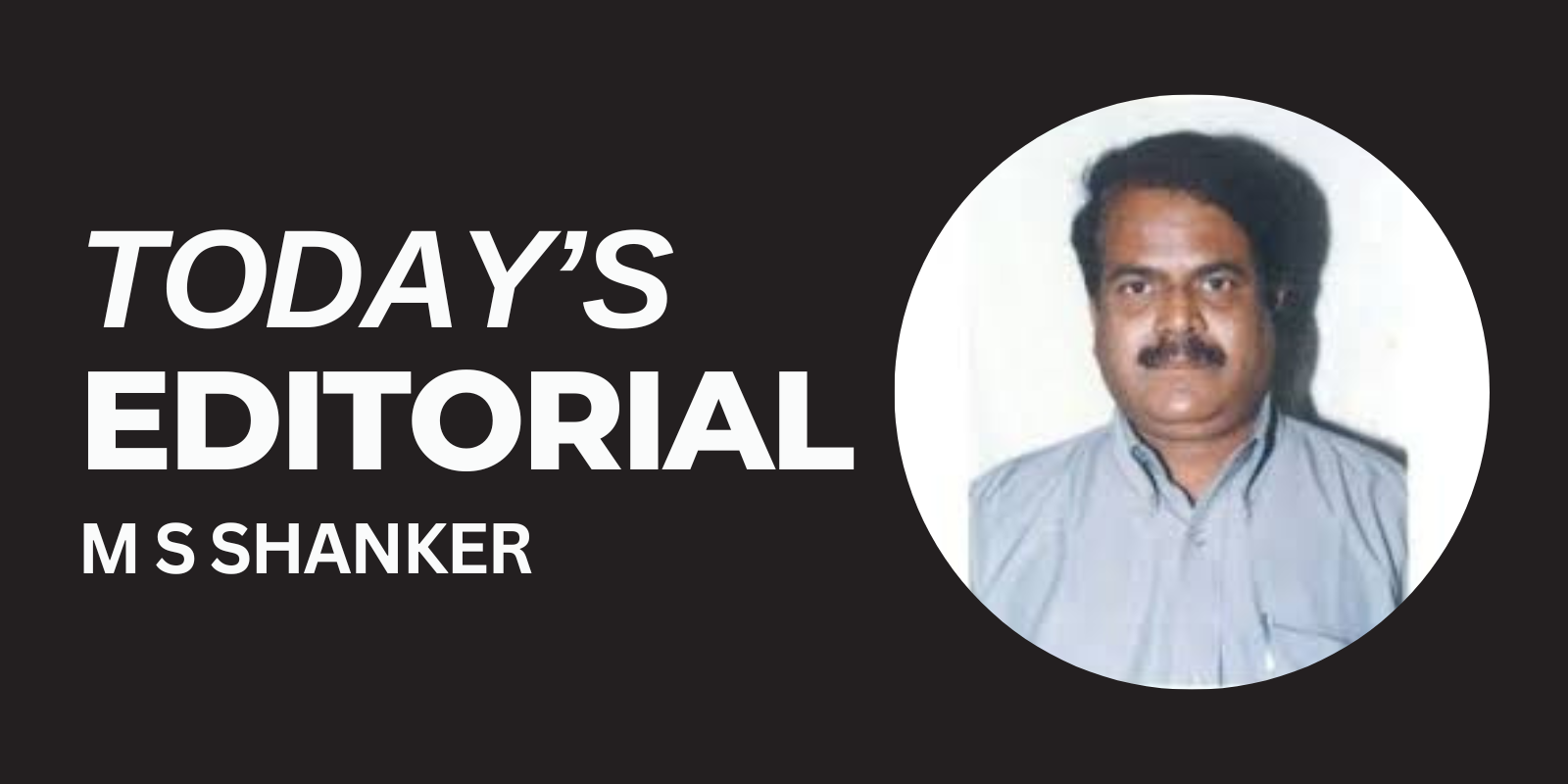The Union Cabinet’s clearance of the committee report, led by former President Ramnath Kovind on Wednesday to explore the implementation of the One Nation, One Poll (ONOP) Bill marks a significant shift in India’s electoral landscape. The concept, which advocates for simultaneous elections to the Lok Sabha and state assemblies, has been a subject of debate for decades. Now, with the current BJP-led National Democratic Alliance (NDA) government pushing forward, it appears that the dream of synchronizing the nation’s elections might become a reality. While the ONOP proposal is not new, the timing of its resurgence and the political landscape in which it is unfolding adds a unique dimension. The NDA’s confidence in pushing this through is evident, but the opposition bloc, Indian National Democratic Inclusive Alliance (INDIA), is poised to mount a significant challenge. However, the numbers may not be on their side, and the NDA could still muster enough support to pass the Bill, despite the opposition’s resistance. The BJP, having won several state elections in recent years, has strengthened its position in both the Lok Sabha and the Rajya Sabha. This growing presence in the upper house is key to ensuring a smooth passage for the ONOP Bill or for that matter any Bill. The current political arithmetic gives the NDA an advantage, and with allies such as the Telugu Desam Party (TDP) showing support, the momentum appears to be on the BJP’s side. What makes the situation even more favourable for the ruling party is the possibility of Bihar’s Janata Dal (United), led by Nitish Kumar, eventually supporting the move.
While Nitish Kumar has often played a balancing act in Indian politics, his party’s alignment with the BJP on ONOP could ensure that the Bill faces minimal opposition in Parliament. This leaves the opposition with fewer cards to play, especially since many regional parties lack the nationwide organizational strength to mount a strong counteroffensive. The opposition bloc, INDIA, comprising 26 parties, faces a daunting challenge with ONOP. While the Congress, as the principal opposition party, might double its numbers in the Lok Sabha, it is increasingly discredited due to controversial remarks by its leader, Rahul Gandhi. His recent tirade during a visit to the US raised eyebrows, with even American commentators questioning his stance. A White House official, in a BBC interview, expressed surprise that the Congress still commands vote in India. The Modi wave, which has consistently helped the BJP secure decisive victories in past elections, is a key factor that worries regional parties. For many of these regional players—be it the Samajwadi Party in Uttar Pradesh, Rashtriya Janata Dal (RJD) in Bihar, or the Shiv Sena faction led by Uddhav Thackeray in Maharashtra or Mamata Banerjee’s Trinamool Congress in West Bengal (Didi’s credibility hit worst as ever with scams and recent junior doctor’s gang rape and murder) —the stakes are high. These parties have relied on localized issues and regional leadership to maintain their political relevance. If ONOP becomes a reality, the national narrative could dominate the electoral discourse, leaving regional leaders struggling to compete with Modi’s pan-India appeal.

However, there are some exceptions. In Tamil Nadu, the Dravidian parties, particularly the DMK, have historically been able to withstand the BJP’s influence. Their strong regional identity and deep-rooted political presence provide them with a buffer against the national wave that Modi often brings. Yet, the equation could change if the other major Dravidian party, the AIADMK, once again joins hands with the BJP. For many other regional parties, however, ONOP could spell disaster, as they risk being overshadowed by the national dynamics favouring the BJP. One of the most pressing questions surrounding ONOP is its implementation timeline. With several states set to go to polls in 2024 and 2026, the government faces a delicate balancing act. The passage of the ONOP Bill could potentially disrupt the current electoral schedules, especially for states like Haryana and Punjab, where elections are already underway. Should the government decide to synchronize elections across the board, these states might be forced to join the unified electoral timeline, creating logistical and political challenges. If the Bill passes, the NDA will need to determine whether to hold simultaneous elections in 2024 or 2026. Either scenario presents its own set of challenges and opportunities. A 2024 implementation would align with the next scheduled general election, but it would also mean compressing the election cycle for many states, which might provoke resistance from regional leaders. On the other hand, pushing the implementation to 2026 gives the government more time to prepare but risks prolonging the political uncertainty surrounding the issue. Beyond the immediate political calculations, the ONOP proposal raises important questions about the future of Indian democracy. Proponents argue that simultaneous elections would reduce the financial burden of conducting elections and minimize the constant political disruptions caused by the staggered election cycle. The government would be able to focus more on governance rather than being in perpetual campaign mode. Meanwhile, critics warn that ONOP could undermine federalism by reducing the importance of state-specific issues and diminishing the role of regional parties. In a country as diverse as India, where regional identities and local issues often play a crucial role in elections, a unified national election could lead to the centralization of political power, leaving regional voices marginalized. The idea of ONOP is appealing in its simplicity, but the complexities of India’s political system make its implementation far from straightforward. As the debate unfolds, the ONOP Bill could either become a watershed moment in India’s electoral history or fuel further political polarization. The coming months will determine whether India is ready to embrace this bold reform or whether the opposition’s concerns will resonate with the broader electorate.





